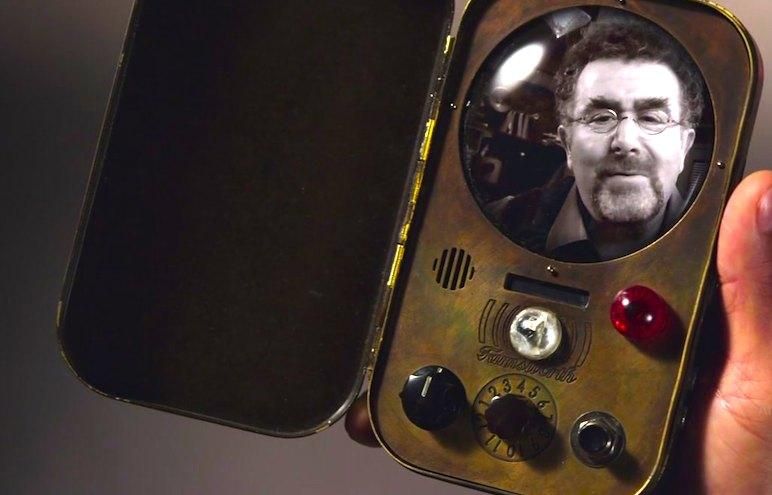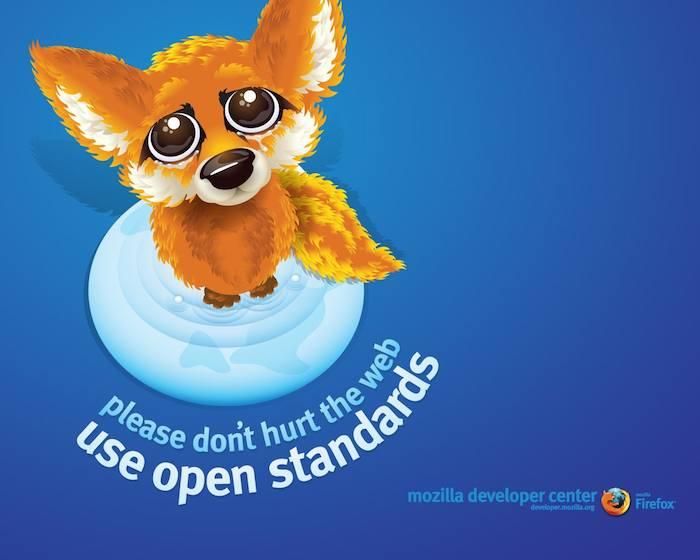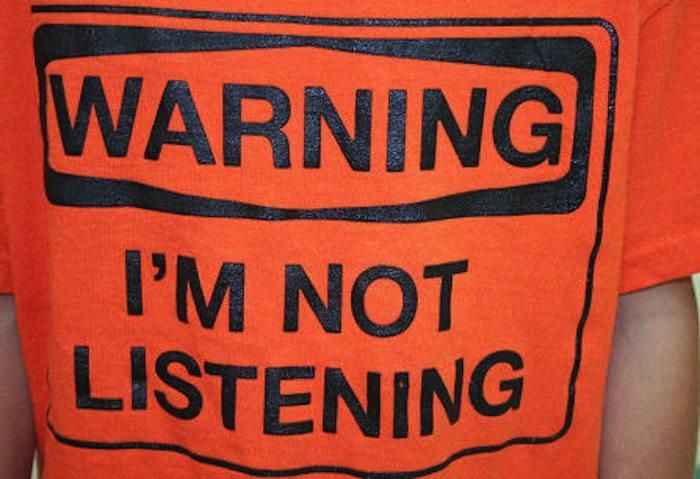A few months back, I wrote an installment of the Brutally Honest Question Corner dealing with the decline of the phone call, entitled "Why Are You Calling Me?" In it, I made the point that the increasing prevalence of email, SMS, and instant messaging in the mobile world is rapidly rendering voice calls a second-class communications medium. But though it may be in regression, the humble phone call remains a venerable institution.
The same can't be said for its more futuristic, arguably more useful companion, the video call.
If you're around my age, and were raised on a steady diet of science fiction -or even more mainstream cartoons like Inspector Gadget – you probably knew about video calls before you knew how to ride a bicycle. Storytellers of the 1980s seemed completely unable to resist the siren song of the two-way video communicator, and it's easy to see why: the concept of a handheld or desktop device that would provide real-time, face-to-face communication amid a sea of flashy lights and signal indicators was the epitome of futuristic thinking. And while reality soon caught up in the office world, giving us webcam support on desktops and laptops as far back as the late 90s, mobile video calling never really took off. Actually, it never really even got onto the runway. I guess you could say it exploded in the hangar.
And yes, I stole that joke from Bill Watterson. Sue me. All this talk of the past is making me nostalgic.
There's a good reason for that. Actually, there are a few. Here's the top four reasons video calling hasn't caught on, and maybe never will.
It's A Huge Data Hog
Whereas the old sticking point for carriers -and price bottleneck for consumers- was voice minutes, these days it's data. The mobile-internet add on packages that used to cost $5 a month for unlimited WAP access in the glory days have ballooned into add-on plans costing between $20 and $80 per month, with tiers priced by the megabyte and gigabyte.
In addition, mobile data has become so popular that carriers have had trouble maintaining their networks. Remember AT&T's hailstorm of bad press in the weeks months years following the launch of the iPhone 3G? Its network got so bad in some metropolitan areas that not even phone calls could get through, all because of the massive surge of newly minted iPhone owners firing up their shiny new devices to download Tap Tap Revenge.
Video calling is in the same neighborhood; it's a hugely bandwidth-intensive activity, with FaceTime calls over 3G costing around 3MB a minute, according to some informal testing done over at Gizmodo. In the days of unlimited mobile internet, that was less of an issue (for the consumers, not the carriers). These days, when an additional gig costs $10 or more, it prompts the question of just how much you need to see Aunt Erma's face when she's dictating her secret chocolate-chip cookie recipe.
It Gives You Seven Chins
On the desktop, making yourself look presentable on a video-conference is a pretty simple affair: you tilt the monitor a little, get yourself situated somewhere close to the center of the frame, maybe throw some pants on if it's an important call. Because webcams on desktops or notebooks are usually positioned above the display, they're looking at you from a slight top-down angle, temporarily resurrecting that youthful, energized look you lost a decade ago. (This trick is also used by many customers of online-dating sites, and it's one of the many, many lies that make the internet what it is.)
The thing is, it's kind of impossible to replicate that with a mobile phone or tablet. Amend that: it's possible, but you'll feel pretty self-conscious as you position the device like some kind of sky-crane, hovering in front of and above your face. You'll look good to the person on the call, but everyone else will think you look dumber than the guy trying to take pictures with his tablet.
So, you cave to the crushing peer pressure of those around you, bringing your phone to a more conventional position around chest-level. Now you look like a normal person to passersby, but the poor sap on the other end of the video call has VIP seats to your one-man performance of The Amazing Double-Chin-Nose-Hair Hour. And that's not hot. At all.
There's No Standard
You know how Apple sometimes comes along with a new take on an existing technology and "does it better?" That's what a lot of us expected after the 2010 WWDC keynote, when Steve Jobs announced FaceTime. Apple's video-calling solution launched hand-in-hand with the front-facing-camera-sporting iPhone 4, and in itself was an elegant, simple app that largely delivered on the promise of hassle-free video calling. In that way, it was very much a typical Apple product launch, in the "same-but-better" vein.
But Apple didn't stop there. "We’re going to take it all the way," Jobs said at the keynote. "We’re going to the standards bodies, starting tomorrow, and we’re going to make FaceTime an open industry standard.” That promise shook a lot of folks and send a wave through the landscape. With Apple pushing an open standard for video calling, some of us thought, maybe there's a chance it'll finally catch fire.
Except that never happened. Even now, over two years later, FaceTime hasn't been opened up; it remains an offering available solely on Apple products. The rest of the mobile landscape is littered with low-resolution front-facing cameras and a horde of third-party video calling apps, but not all are interoperable, and even fewer work reliably across the mobile networks of the world. Skype and Google Talk are making a go of it, to be sure, and we might be seeing some initial consolidation around those powerhouses already in non-Apple-users. But it would be much more interesting with an open FaceTime in there, mixing it up.
It Demands Even More Of Your Precious, Precious Attention
Here's the thing: listening is hard. And whether you agree or not with the perennial old-person mantra that "the youth of today only cares about himself!" it's hard to contest that there are a lot of bad listeners in the world.
Here's the other thing: sometimes, you're one of them. Yes, you .
Don't give me that look; everyone's been on a phone call with that long-winded friend. The one that holds the floor so long that you can put the phone down, walk downstairs to the mailbox, say hi to your neighbor, come back up, pick up the phone, say "uh-huh," and he won't even notice you went anywhere because he's still talking. (If you haven't done that, then you're a better person than I am. Congratulations.)
That's the beauty of video-less voice calls, though; you have to periodically remind the other party that you're still there, but you don't need to give the caller your undivided attention if you don't want to. That's not so once optics come into the equation. Spacing out on a video call is the same as spacing out in a face-to-face meeting; not only is it rude, but it's visible . So you have to devote all this energy into reminding the other party you're not only still connected, but still attentive. Which is exhausting, absurd, and if you ask me, a core reason video calling won't ever reach the popularity of its voice-only counterpart.
It's also why we're never going to do a video edition of the Pocketnow Weekly. Well, until we all live in the same city, anyway. But that's a story for another campfire.
FaceTime Standard Sources: Zach Holman, ReadWriteWeb
3G FaceTime Data Source: Gizmodo






